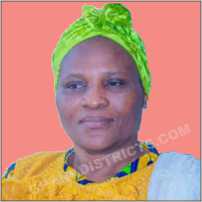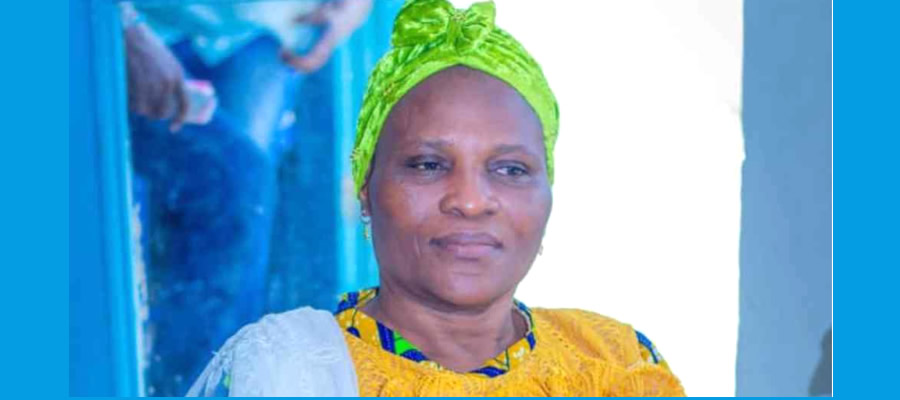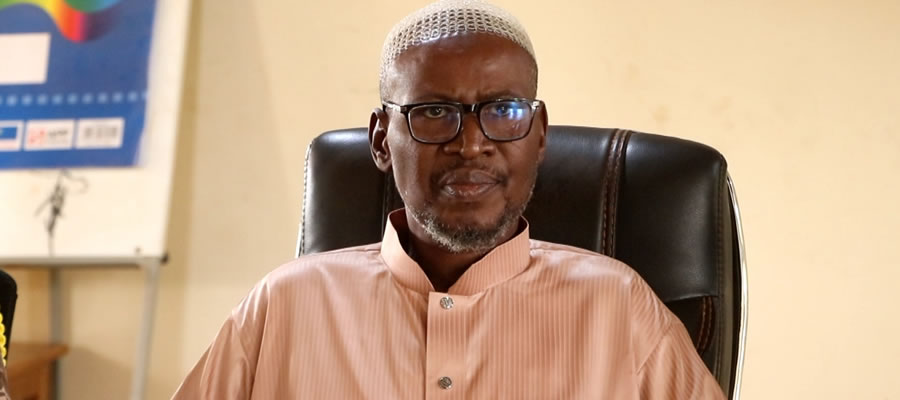

The Municipality has a youthful population. About 51% of the people are within 15-64 age cohorts, 41% are children of less than 15 years, whiles the remaining 8% are the aged of above 64 years. The projected population for 2017 is 62,672. The is made up of 30,082 males and 32,589 females. The table below presents the details based on age cohorts.
Natural Environment
The Lawra Station Forest Reserve which is currently the only Reserve in the District is situated in the North-Eastern Part of Lawra. It lies between latitude 10o 35o- 10o 40 North and 2o50-2o50-2o53 West. The District has a total of 127 hectares of forest reserves, out of which 39.5 ha has been converted into a protected area with an overall perimeter of 5.2 km. The environment has undergone considerable degradation largely attributed to human activities with the remaining 87.5 ha being a natural reserve and attributable to human activities.
This has resulted in the dwindling of the vegetative cover and poorer soil fertility. The degrading human activities span from felling of trees as fuel wood or for charcoal production, bush burning, inappropriate farming practices, soil erosion, to over grazing of livestock. The reasons for this acts range from cultural beliefs to that of being the sources of livelihoods.
Spatial Analysis
The spatial analysis of the district seeks to portray how socio-economic development infrastructure is spread across the District. It attempts to measure the centrality indices of settlements in a geographical unit. It therefore provides an insight into the District’s space economy.
The output of the process is a ranked/ordered set of settlements in the District. A total of 30 facilities and services and 10 major communities in the District were used to construct a scalogram. The existence of the facilities and services in each of these settlements was determined and measured. Below is the scalogram analysis of the communities in the Lawra Municipal.
Ranking Criteria
The criteria below were used to grade the settlements in the District according to their respective levels of centrality.
1st Order Settlement: Settlements with centrality indices of 80-100% and above of the total centrality of 3,154
2nd Order settlement: Settlements with centrality indices between 60 and 79% of the total
Centrality of 3,154
3rd Order settlement: Settlements with centrality indices between 40 and 59% of the total
Centrality of 3,154
4th Order settlement: Settlements with centrality indices below 20 and 39 % of the total
Centrality of 3,154
5th Order settlement: Settlements with centrality indices below 0 to 19% of the total
Migration
There is out migration by some citizens to other parts of the region especially along the eastern belt where comparatively the soil is more fertile. Some of these migrants return after harvest while others settle permanently for farming activities. There is also the movement of people especially the youth from the District to southern Ghana during the lean season in search of menial jobs. There is a worrying trend of the migration involving basic school pupils who during vacations move to galamsey areas in Tinga, Kuie, Danyorkura, etc as well as other towns and cities to engage in various activities ranging from galamsey to kayaaye. Most of them do not come back to continue their education hence low retention and high dropout rate in the district.
Natural and man-made disasters
The Municipality experiences bush fires during the dry season as a result of hunting and others activities sometimes, leading to destruction of vegetation and other other farmlands. Destruction of trees for firewood and charcoal production is rampant in the Municipality leading to loss of economic trees such as Dawadawa, shea tree, and others. Flooding is also a threat especially for communities along the Black Volta as the river overflows its banks affecting the surrounding communities. Some of the communities that are prone to floods are Bagri, Methow Boar, Methow Yipaala, Dikpe, Brifo-Cha among others. The situation becomes even worse when the Authorities in Burkina Faso spill the Bagri dam in that country.
Date Created : 11/15/2017 2:48:33 AM












 facebook
facebook
 twitter
twitter
 Youtube
Youtube
 +233 593 831 280
+233 593 831 280 0800 430 430
0800 430 430 GPS: GE-231-4383
GPS: GE-231-4383 info@ghanadistricts.com
info@ghanadistricts.com Box GP1044, Accra, Ghana
Box GP1044, Accra, Ghana